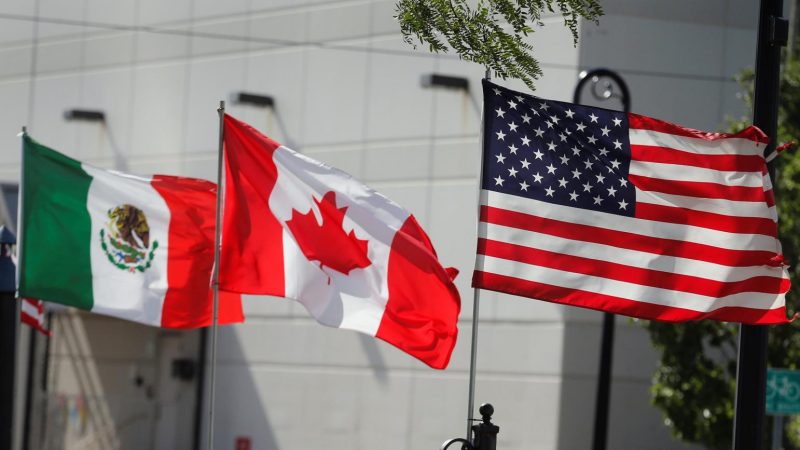
US Tariffs on Canada Increase to 35% Amid Trade Tensions
The US government increased tariffs on Canadian goods from 25% to 35% starting August 1. This tariff applies to all goods not covered under the USMCA trade agreement. Washington also imposed a 40% transshipment duty on goods routed through third countries to avoid tariffs. The move partly stems from concerns over Canada’s handling of fentanyl smuggling. This decision intensifies the ongoing trade dispute between the two nations.
Canadian Prime Minister Mark Carney expressed disappointment with the tariff hike. He emphasized Canada’s commitment to strengthening its economy through local investment, protecting jobs, and diversifying export markets. Ontario Premier Doug Ford called for retaliatory tariffs of 50% on American steel and aluminum imports, highlighting the deepening tensions in North American trade.
Mexico’s Trade Deal Deadline Extended Amid USMCA Negotiations
Meanwhile, the US granted Mexico an additional 90 days to finalize an agreement to avoid a 30% tariff. Mexico currently faces a 25% duty on exports that fail to meet USMCA requirements. This extension offers Mexico more time to negotiate trade terms while maintaining pressure to comply with US standards.
Canada responded by tightening its steel import tariff quotas and adjusting procurement rules to protect its steel industry. These measures support the sector’s transition into new business areas amid ongoing US tariffs.
SuperMetalPrice Commentary:
This tariff escalation signals rising protectionism in North American trade, particularly affecting metals such as steel and aluminum. The increased US duties on Canadian goods may disrupt supply chains and elevate costs for manufacturers. However, Mexico’s extended deadline reflects a strategic balance, allowing negotiation space without compromising enforcement. Industry players should closely monitor tariff developments and regional policies that shape metals markets and trade flows. Companies may need to diversify sourcing and invest in tariff mitigation strategies as the landscape evolves.




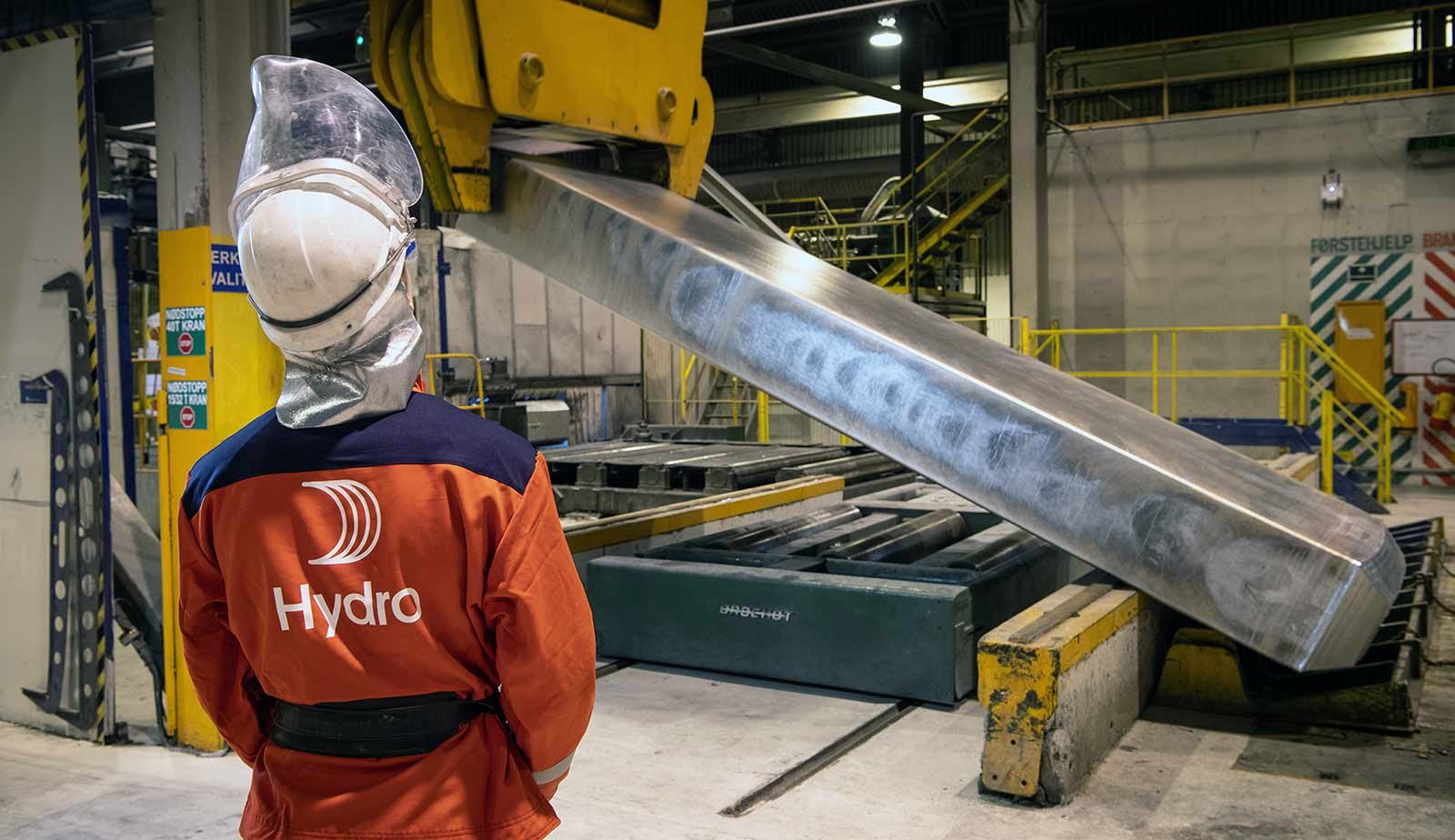


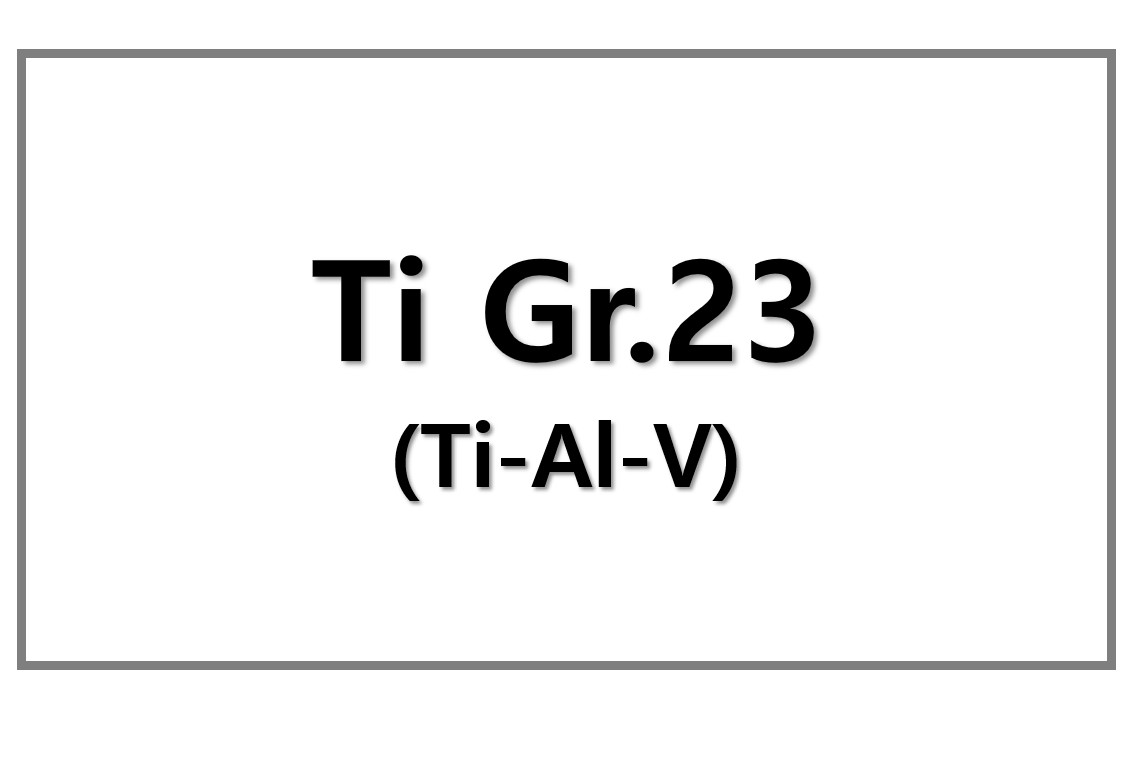
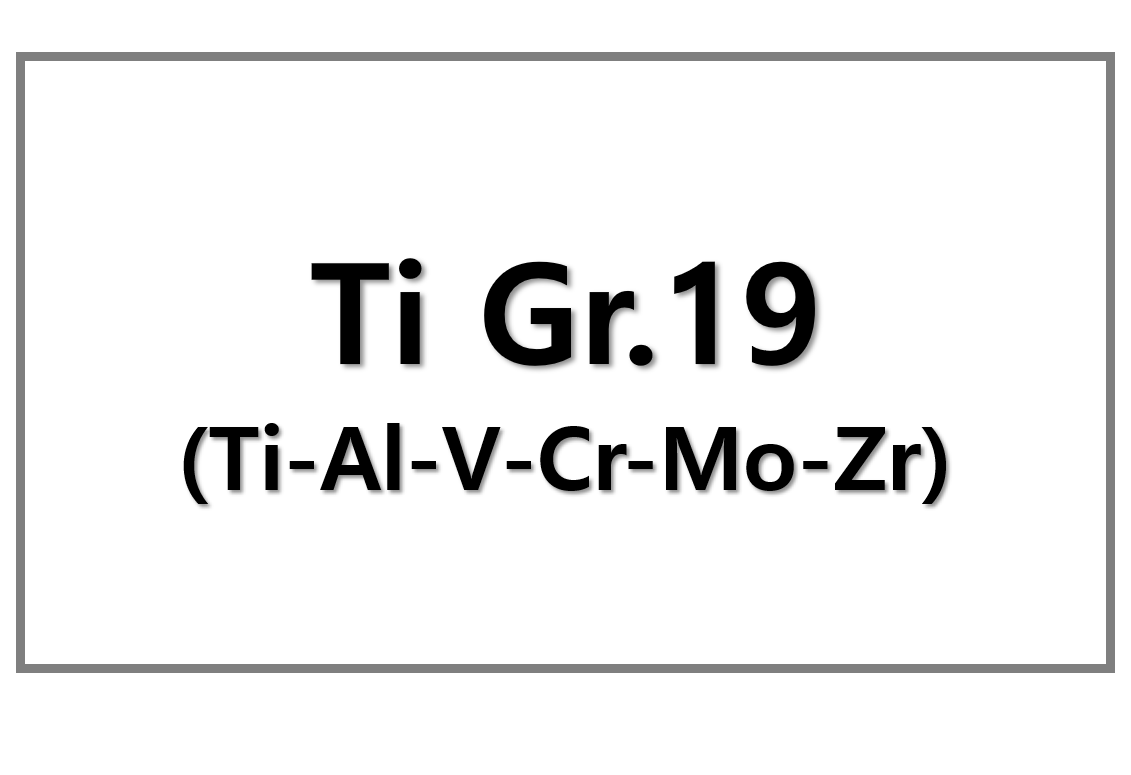
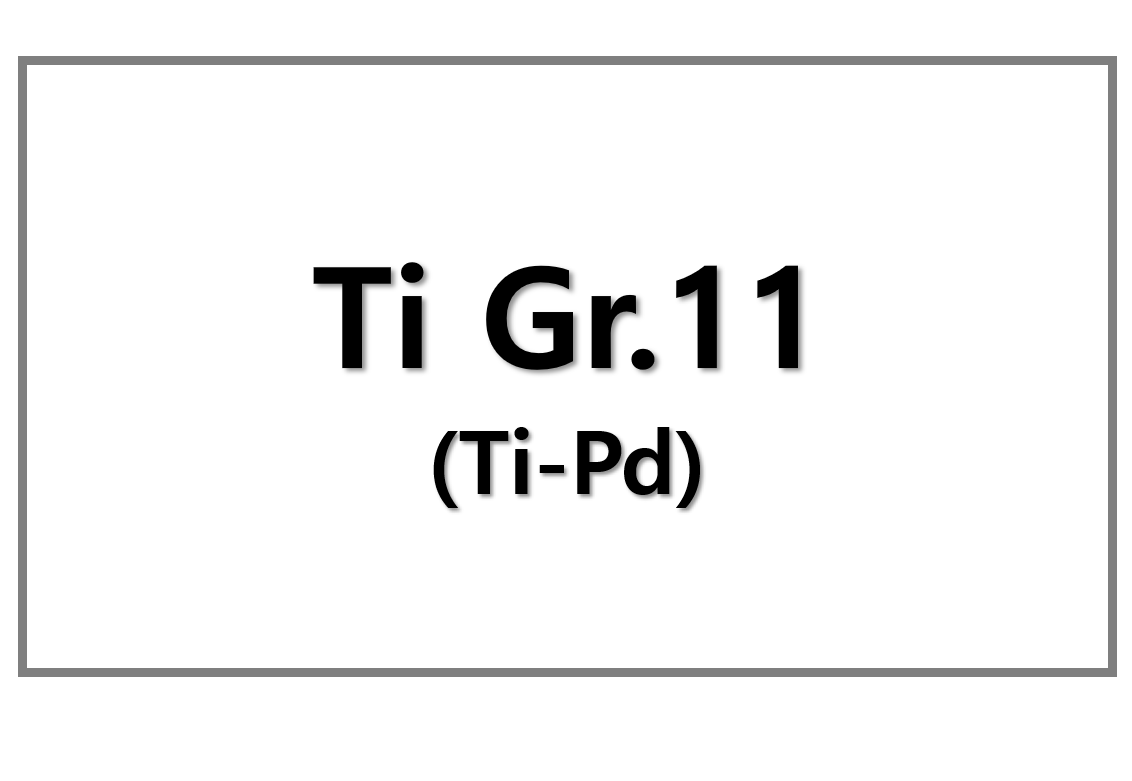
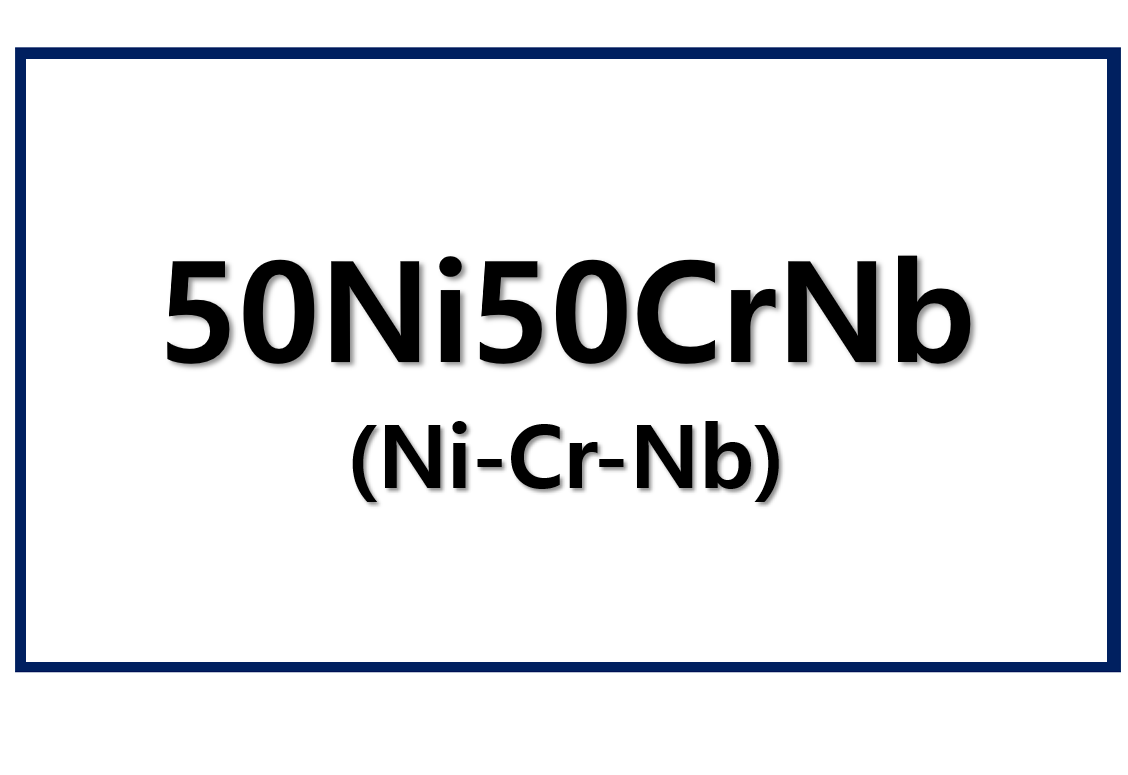
Leave a Reply
You must be logged in to post a comment.